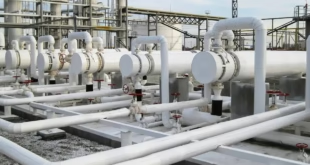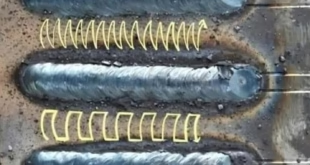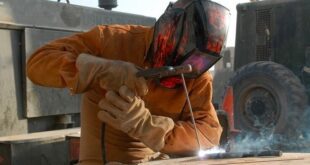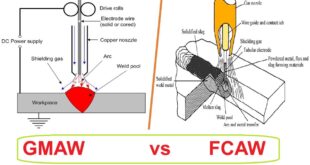ISO 14174 – Fluxes for Submerged Arc Welding
Submerged Arc Welding (SAW) is a highly efficient automated welding process suited for high-speed welding of metals. Fluxes play a crucial role in this process, shielding the weld area from atmospheric gases and influencing the mechanical and chemical properties of the weld. Understanding the role and standards of fluxes is essential for achieving optimal welding results.
What is ISO 14174?
ISO 14174 is an international standard that specifies requirements and classifications for fluxes used in submerged arc welding and electroslag welding. It provides a comprehensive framework for manufacturers and welders to ensure the quality and consistency of welding fluxes. The standard has evolved through the years to address the changing needs of the welding industry.

Benefits of Complying with ISO 14174
Compliance with ISO 14174 ensures high-quality welds and consistency in welding operations, crucial for critical structures and high-load environments.
Types of Fluxes Defined in ISO 14174
ISO 14174 categorizes fluxes into basic, acidic, and neutral based on their chemical composition. Each type influences various aspects of the welding process and the final weld quality.
Basic Fluxes
Basic fluxes are preferred for their deep penetration capabilities and are typically used in applications requiring robust mechanical properties.
Acidic Fluxes
Acidic fluxes are known for their fast melting rate and smooth weld surface.
Neutral Fluxes
Neutral fluxes provide a balance between basic and acidic fluxes, offering moderate penetration and slag detachability.
Key Properties of Welding Fluxes
Understanding the properties of welding fluxes can help in selecting the right type for specific applications.
Chemical Composition
The chemical makeup of fluxes affects the metallurgical properties of the weld, such as toughness and corrosion resistance.
Granulometric Composition
The particle size distribution in fluxes influences the stability and smoothness of the welding arc.
Moisture Content
Moisture content must be minimized to prevent porosity and ensure the integrity of the weld.
Performance Standards Under ISO 14174
Fluxes must meet specific performance criteria under ISO 14174 to ensure safety and effectiveness.
Mechanical Properties
Fluxes should contribute to achieving the desired mechanical properties in the weld, such as tensile strength and ductility.
Chemical Properties
The fluxes should not introduce harmful elements that could degrade the weld quality.
Application Guidelines for Fluxes
Proper application and handling of fluxes are crucial for maximizing their benefits.
Selection Based on Material
Choosing the right flux for the material being welded is critical for achieving desired outcomes.
Handling and Storage
Proper handling and storage conditions are essential to maintain the quality and effectiveness of fluxes.
Challenges and Solutions in Flux Management
Common Challenges
Handling variability in flux quality and performance can be challenging.
Best Practices
Implementing rigorous quality control and regular training can help mitigate these challenges.
Conclusion
ISO 14174 plays a pivotal role in enhancing the quality and consistency of fluxes for submerged arc welding, directly impacting the efficiency and safety of welding operations.
FAQs
What are the primary benefits of using ISO 14174 certified fluxes?
Using ISO 14174 certified fluxes ensures consistent quality and performance in welding operations, leading to better mechanical and chemical properties of the welds.
How does the chemical composition of a flux affect its performance?
The chemical composition of flux influences the arc stability, slag detachability, and mechanical properties of the weld, such as strength and toughness.
What are the storage requirements for welding fluxes?
Welding fluxes should be stored in a dry, cool place away from moisture to prevent degradation and maintain their effectiveness.
Can ISO 14174 fluxes be used with all types of welding machines?
While ISO 14174 fluxes are designed for submerged arc and electroslag welding processes, compatibility with specific welding machines should be confirmed by consulting the machine’s manufacturer guidelines.
How often do ISO standards for welding fluxes get updated?
ISO standards, including those for welding fluxes, are typically reviewed every five years to incorporate technological advancements and industry feedback.
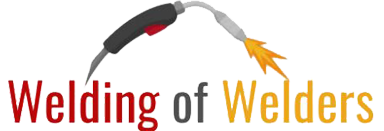 Welding of Welders All about Welding and Welders
Welding of Welders All about Welding and Welders
